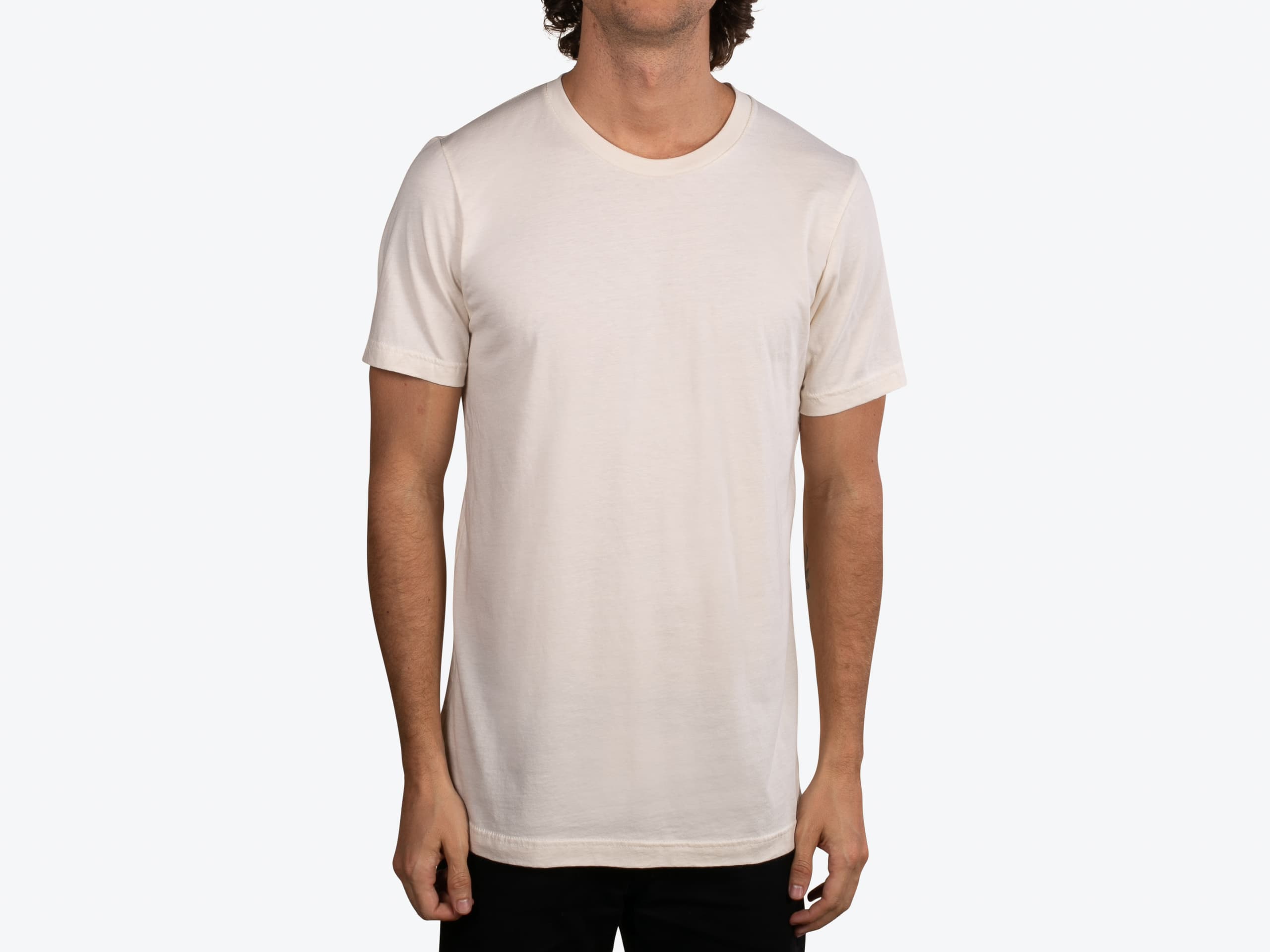Tonal Printing: Everything You Need to Know
Learn about tonal printing, a unique water-based print method that will make your tees stand out.

Tonal printing is a reasonably "new" screen printing method and a term we've coined in the screen printing industry. It's an outside-of-the-box print style with a unique look that demands your attention.
Get a quick rundown of tonal printing and when it's best to use it and check out some examples to see if tonal printing is needed for your next t-shirt project.
T-shirts have been around for a long time, and it's easy to think there are few innovations or new ideas in the t-shirt world.
However, that is far from true, and we're here to keep you up to speed on all the latest products in the t-shirt world.
We’ve been in the custom apparel printing business since 2009, and we’re the industry leader in water-based screen printing. Sounds cool, huh? It IS cool; being eco-friendly is pretty dang awesome.
Anyway, we’ll dig into the tonal printing details now.
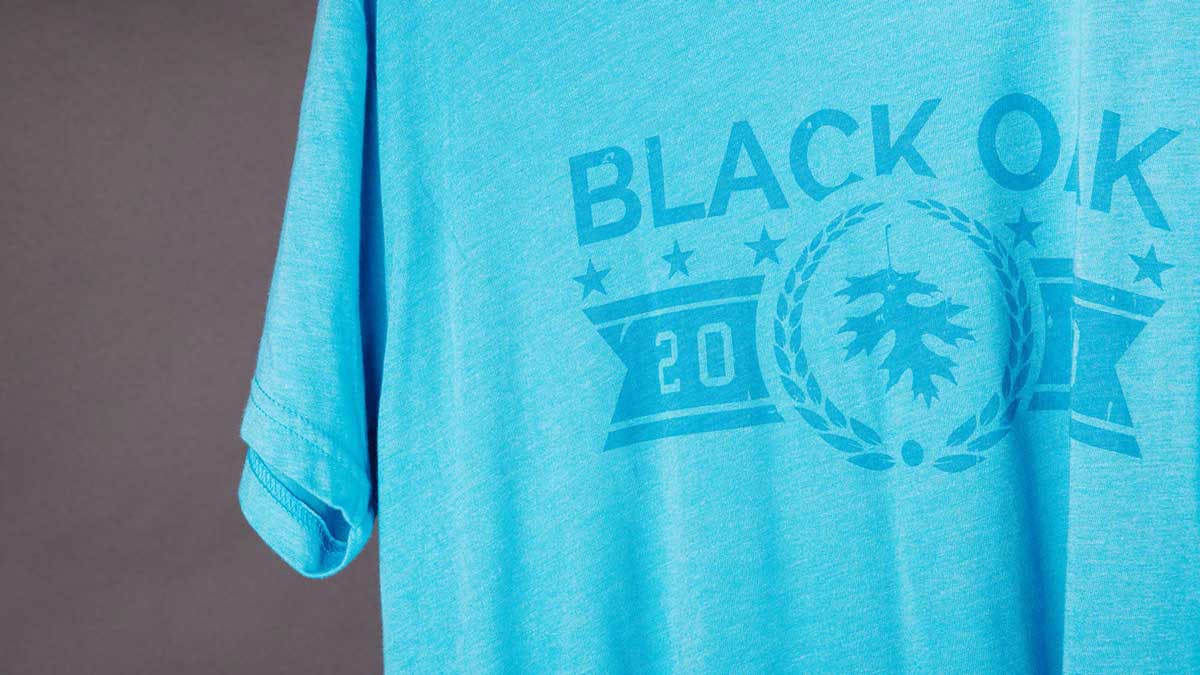
What is Tonal Printing?
Tonal printing is a screen printing process in which we use water-based ink to create a print slightly lighter or darker than the color of the shirt we're printing on.
The inks are referred to as Tonal Light and Tonal Dark, respectively.
When to Use Tonal Printing
As we said, tonal printing will give you a subtle print that is either a little bit lighter or a little bit darker than the color of the t-shirt. This is great when designing a worn-in, vintage-feeling t-shirt. Since the print is so subtle, it'll look like your favorite worn-in tee immediately.
There are other ways to achieve a vintage-style print, like printing on a blended fabric or using a texture over your design, but tonal printing will result in a print that's a little bit edgier, with a look unique to itself.
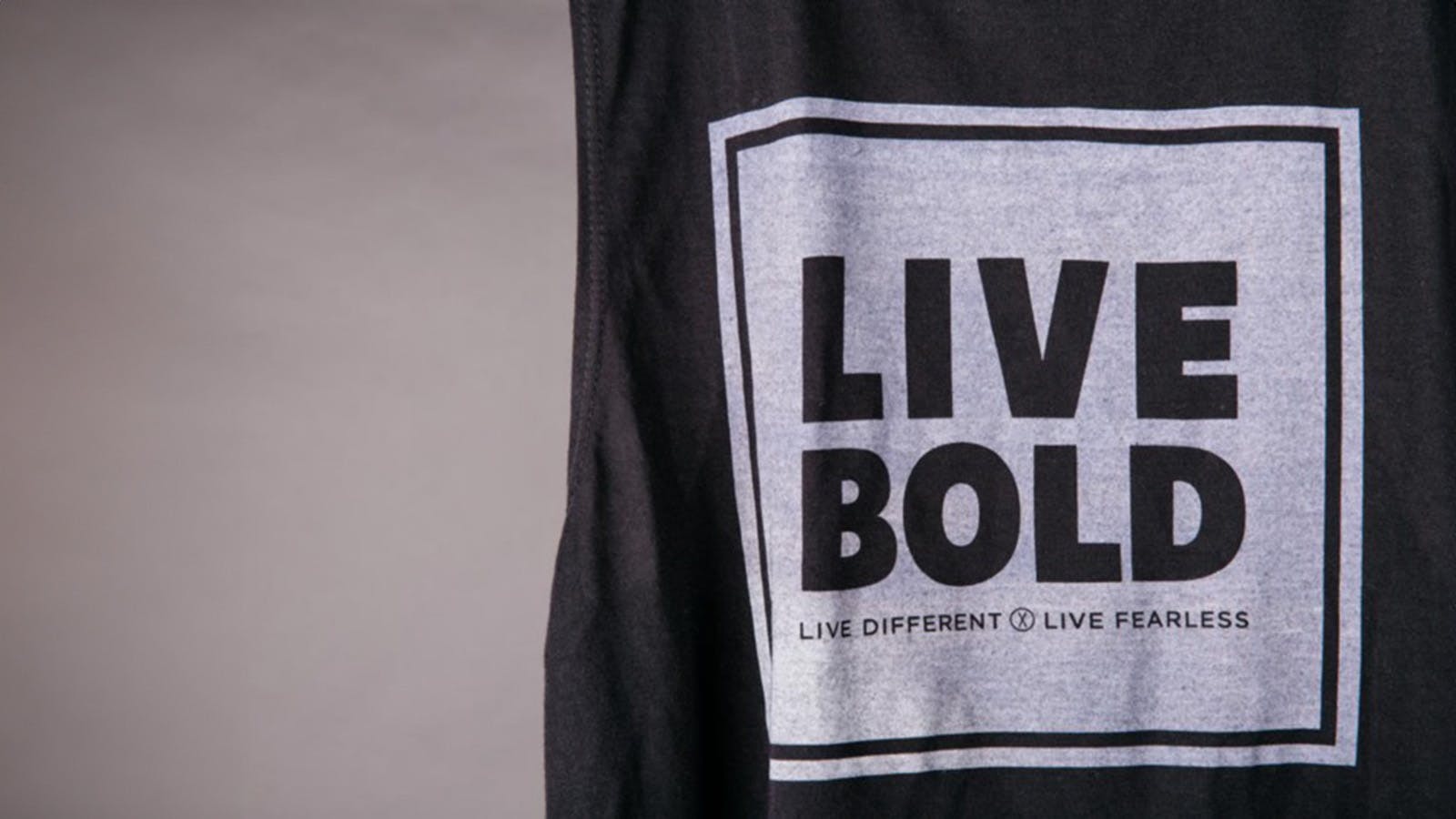
What’s the Best Shirt For Tonal Prints?
The rules are straightforward: tonal dark works best when printing on a lighter-colored t-shirt, while tonal light works best when printing on a darker-colored t-shirt.
So, if you're printing on a black or charcoal t-shirt, tonal dark won't show up much, but tonal light will give your t-shirt a pleasant, lighter grey color like the image below.
If your shirt is a simple color, like red, either option will work. The image below is an example of a t-shirt that effectively uses tonal light and dark.
Best Fabric to Use?
This water-based t-shirt printing method works well on any t-shirt fabric. As a t-shirt printing company, let us be your educators.
If you're looking for a particularly old-school, faded look, you'll get your best results on a polyester/cotton blend or a tri-blend.
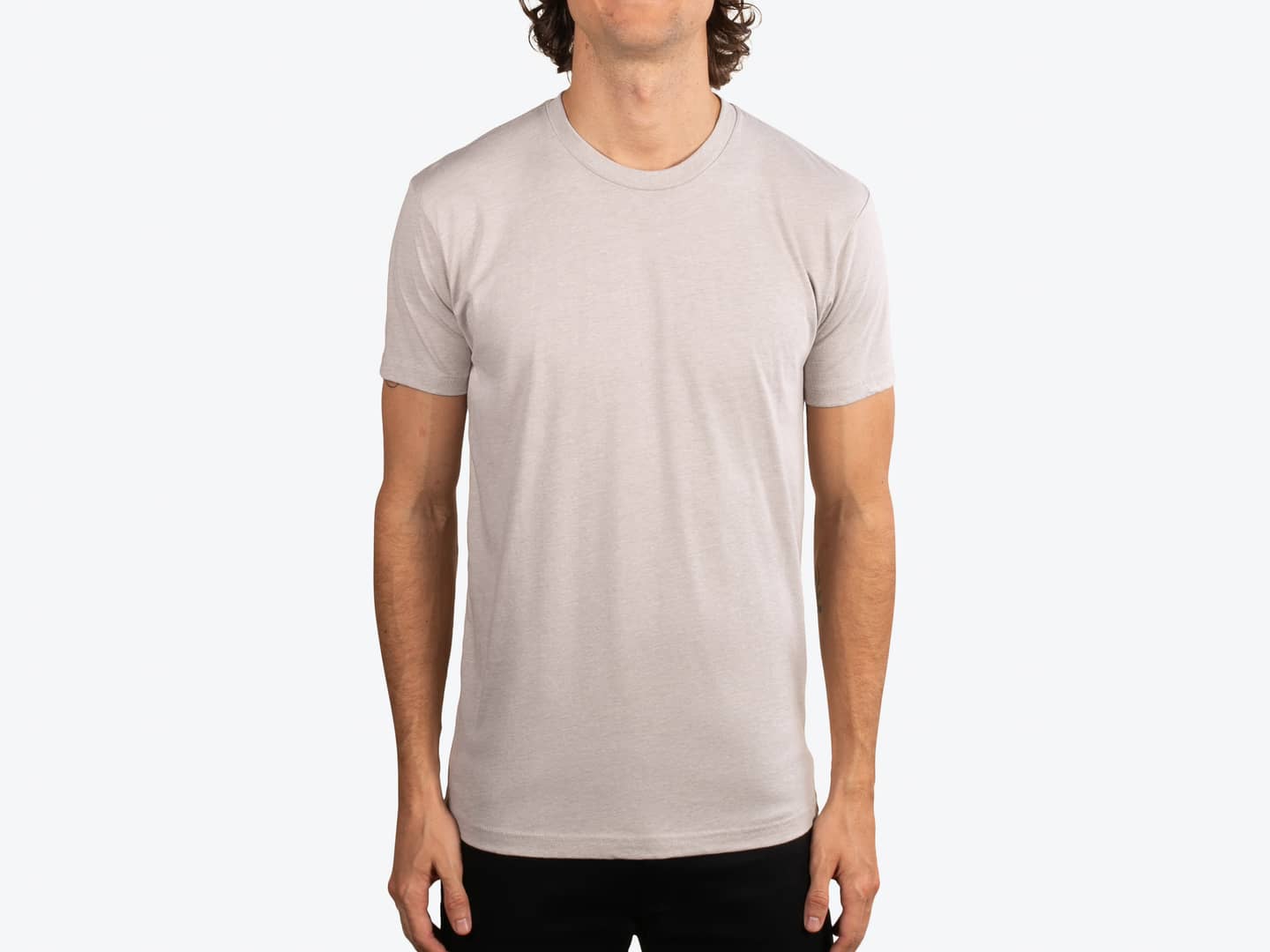
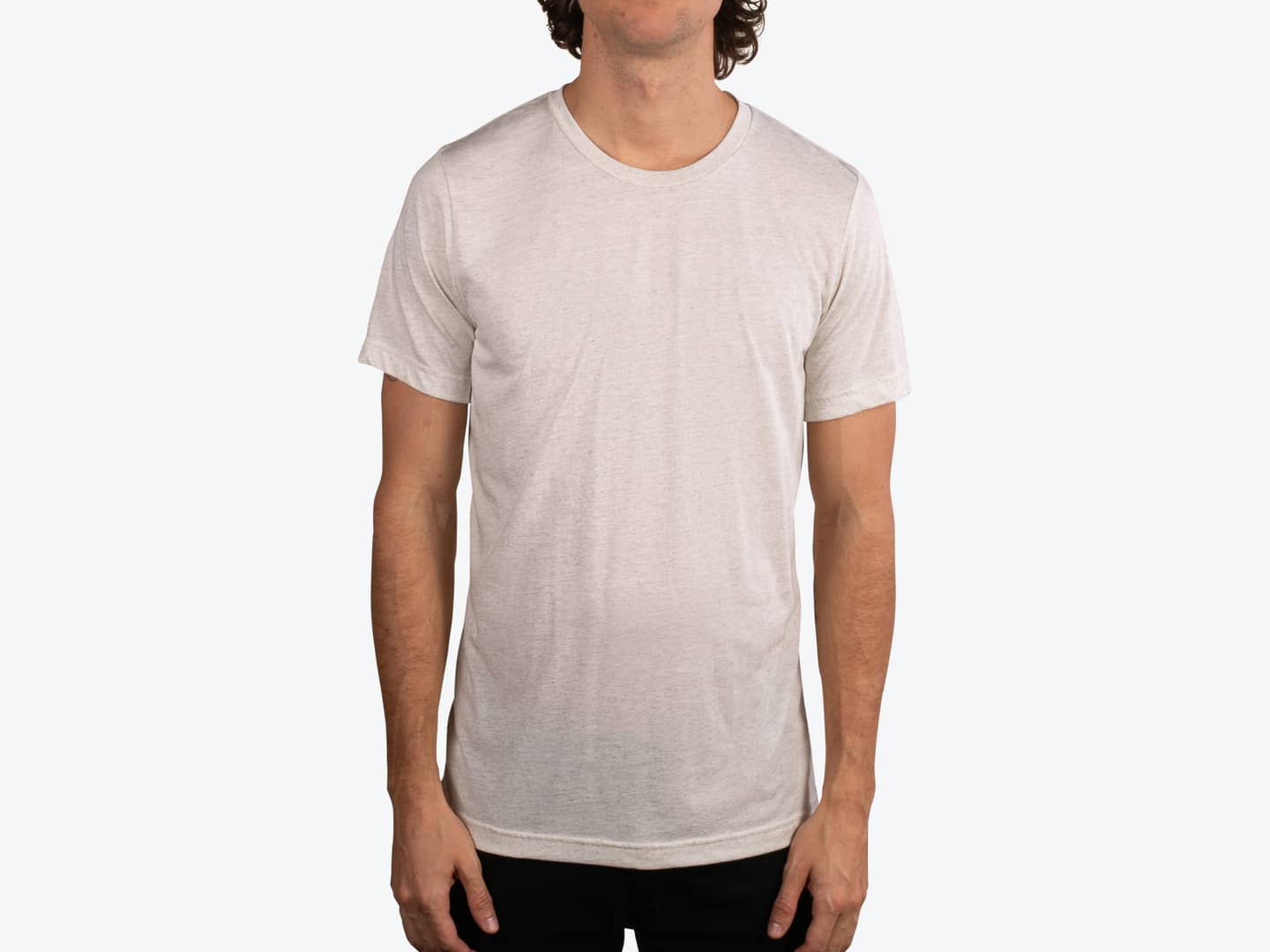
If you want your shirt to look sharp and less faded, we recommend printing on 100% cotton. The result will be a fresh, monochromatic look that you will love.
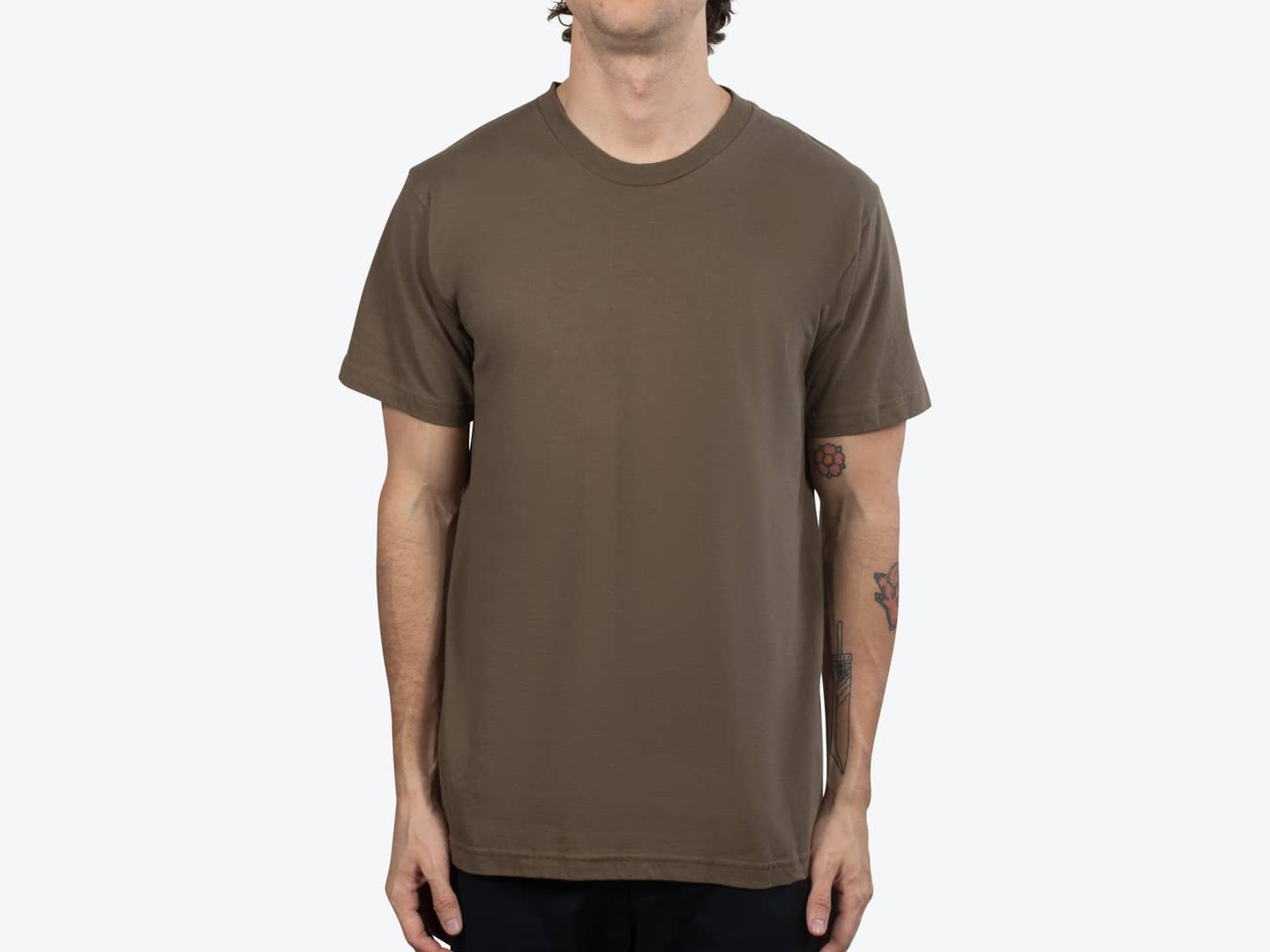
Here's a breakdown of how tonal printing works:
Design Preparation: The process begins with preparing the design artwork. Designers may use specialized software to create or modify the design, ensuring it is suitable for tonal printing. This involves adjusting elements such as shading, gradients, and contrast to achieve the desired visual effect.
Color Selection: A single color is chosen for the design. This color is the basis for creating different shades and tones to add depth and dimension to the artwork.
Halftone Screens: Tonal printing often involves the use of halftone screens. Halftone screens break down the design into tiny dots of varying sizes and densities. When viewed from a distance, these dots create the illusion of different shades and tones.
Printing Process: The design is transferred onto the apparel using a printing technique, in this case, screen printing. During printing, the printers apply the chosen color using halftone screens to reproduce the design with varying densities of dots, resulting in different shades and tones.
Layering (Optional): Multiple layers of the same color may be applied to create more complex designs or achieve specific effects. Each layer adds depth and richness to the design, enhancing its visual appeal.
Curing and Finishing: Once the design is printed onto the apparel, it undergoes a curing process to set the ink and ensure durability. Depending on the printing method used, additional finishing techniques such as heat pressing or steaming may be applied further to enhance the appearance and longevity of the print.
Want to try this water-based t-shirt printing method on your next t-shirt project? Reach out –– our team would love to help you get started.
